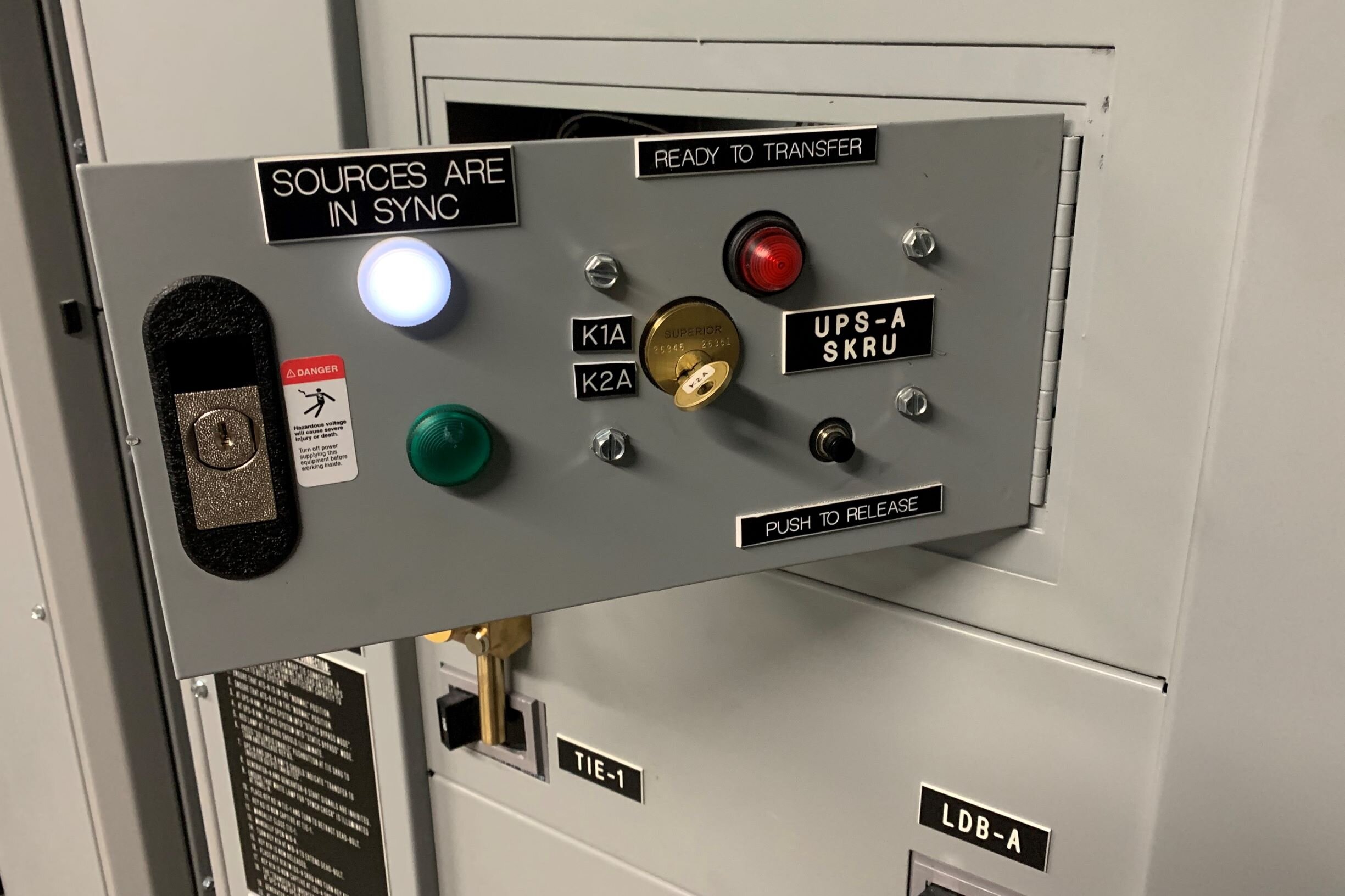How a Solenoid Key Release Unit Can Improve Electrical Safety and Prevent Equipment Damage
/Improving safety and ensuring the continued operation of your electrical system will help fulfill the long-term mission of your facility. Protecting your employees and equipment from electrical damage is also in your long-term interest, and it can help reduce your insurance premiums. The key is to understand how safety interlocking plays an important role.
What is Safety Interlocking?
Safety interlocking is a system that is intended to prevent unintended dangerous conditions during the operation and maintenance of your electrical system. Dangerous conditions can consist of exposure to hazardous energy sources, inducing an electric short circuit event, overloading the established ratings of electrical equipment, or causing an arc flash incident that can severely injure your personnel. Proper safety interlocking can help to prevent such dangerous conditions.
Safety Interlocking Solutions
A proper safety interlocking solution can be designed and implemented to specifically suit your given application. The main purpose of safety interlocking is to avoid ambiguity or misinterpretation of a complex switching scheme. The safety interlocking requirements for a complex industrial facility may differ from the needs of a light industrial or commercial facility. Three types of safety interlocking solutions are discussed below:
Mechanical Key Interlock. This well-known approach consists of using trapped keys to ensure the physical isolation of electrical circuits. A trapped key prevents a dangerous condition by ensuring a breaker or switch is locked open for electrical equipment maintenance. With a breaker or switch that is physically “locked open” by a trapped key, the electrical circuit cannot be re-energized by an unauthorized third-party (a concept now enforced by a lock-out/tag-out program). Physical locking always provides the best visual indication that an electrical circuit is isolated. Such an approach is also the easiest to implement and is most suitable for non-complex electrical distribution systems.
Electrical Interlock. This approach consists of using hardwired logic to ensure the physical isolation of electrical circuits. Hardwired logic uses switches, relays, and contacts to electrically block closure (or electrically “lock open”) a breaker or switch for electrical equipment maintenance. Using hardwired logic rather than a physical key mechanism, the electrical interlocking scheme will logically determine a dangerous condition to “electrically” prevent improper breaker or switch operations. This approach is most suitable for complex electrical distribution systems that have multiple power sources and modes of redundancy, where physical keys may not be practical.
Solenoid Key Release Unit (SKRU) Interlock. The SKRU interlock combines the benefits of both a mechanical interlock and an electrical interlock. The SKRU scheme consists of an interlock that utilizes a solenoid and an auxiliary control mechanism. The solenoid is designed to permit a key removal in response to an external electrical interlock signal. Because of this, the SKRU can provide advanced logic capabilities to suit the needs of a complex power distribution system. Thus, with the key release that is achieved via the solenoid, you also have the capability to physically “lock open” an electrical circuit, similar to a mechanical interlock.
When designed and implemented correctly, an SKRU interlock can provide you the best of both worlds. If you would like to know more about how to improve electrical safety and prevent equipment damage, feel free to call us at (240) 582-3900 or email us at info@helioselectric.net.
To learn about our other unique solutions that can enhance your electrical facilities, click here.





